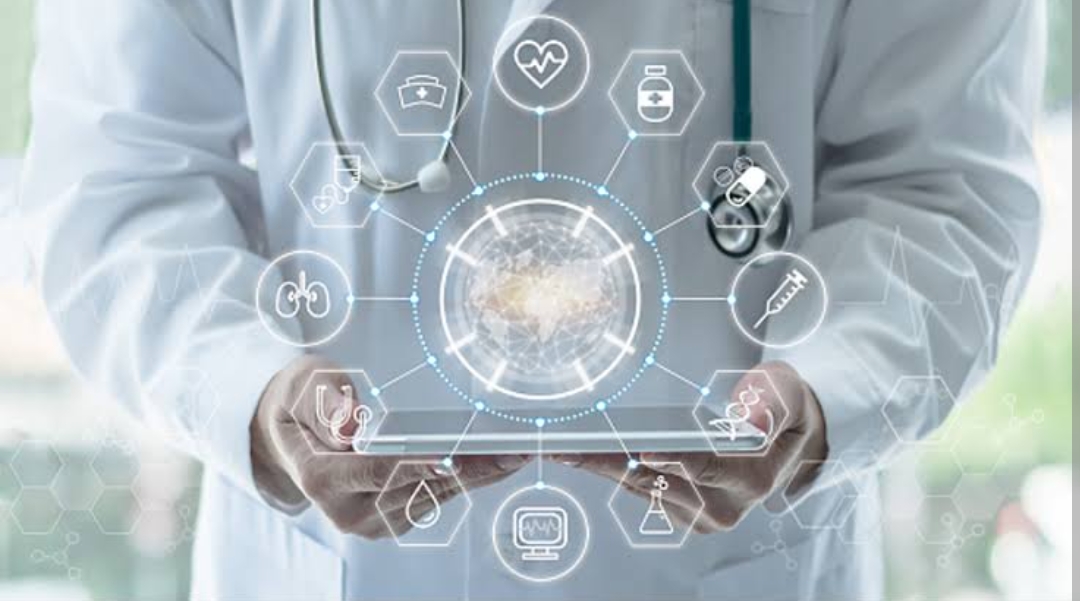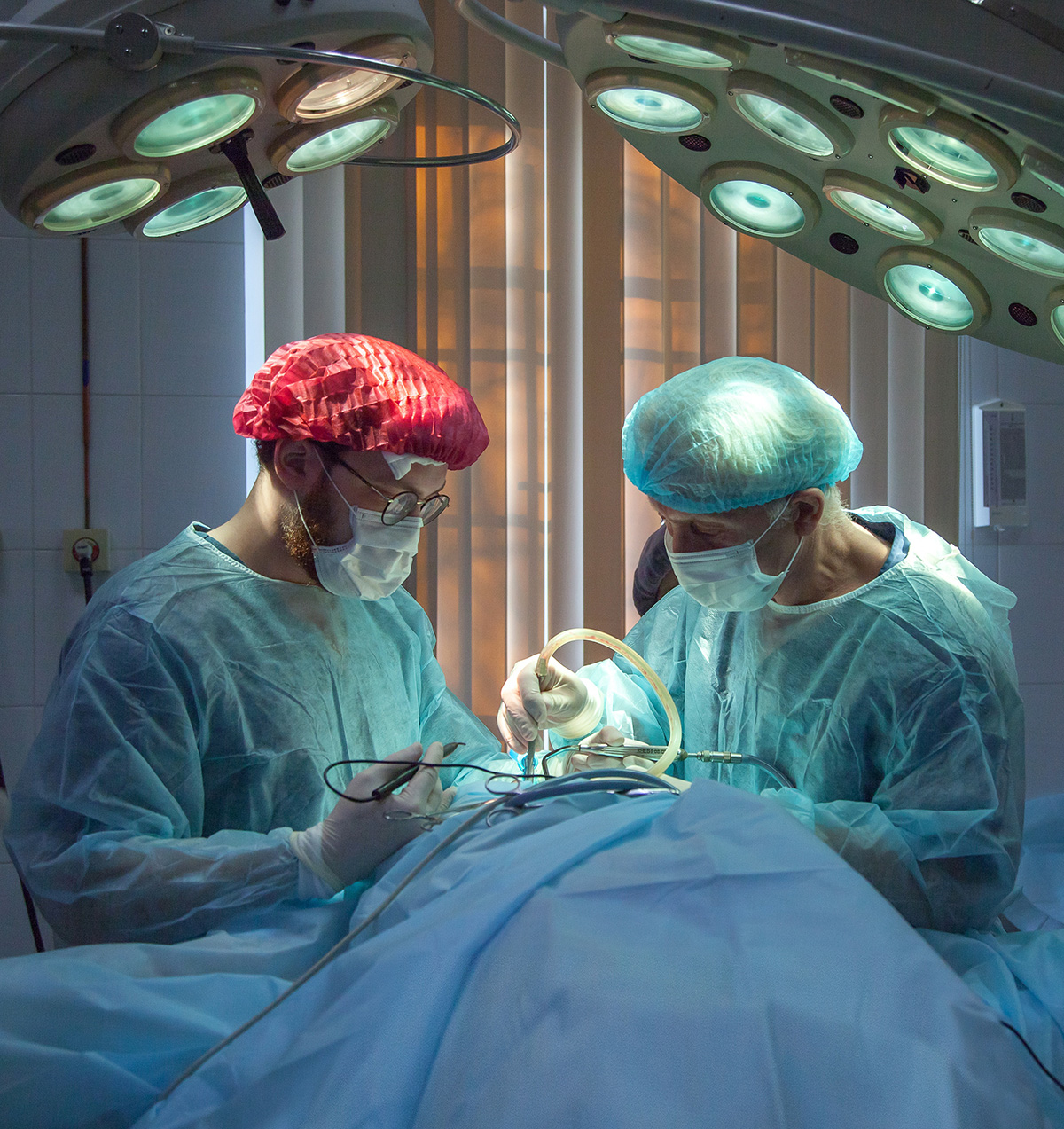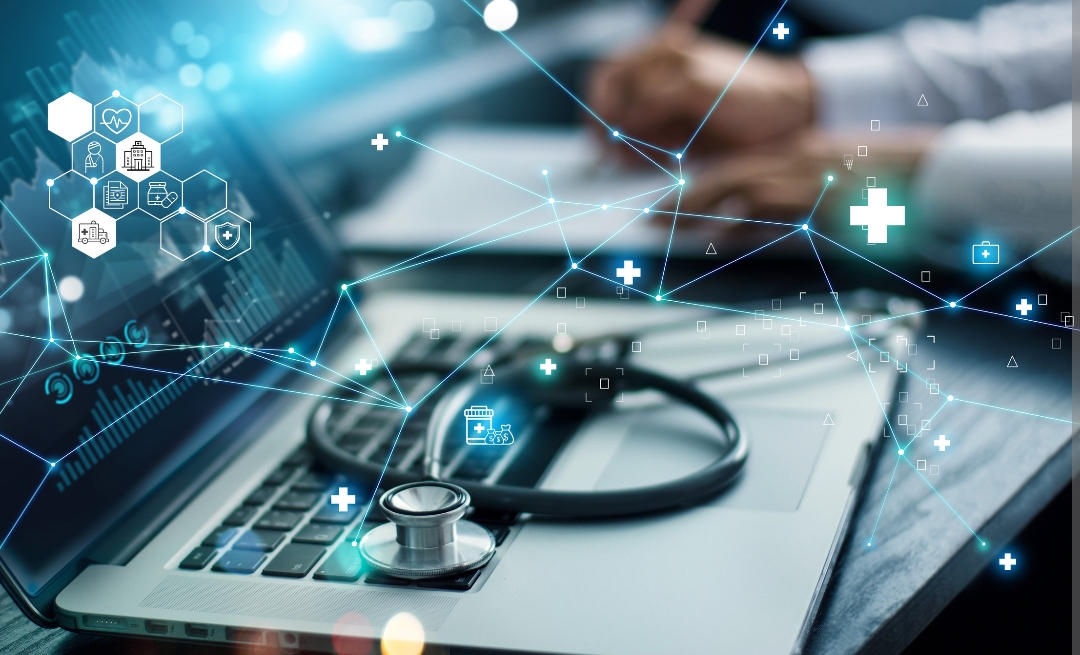
Employing the force of technology in healthcare and life sciences industries
Technology has revolutionized almost every industry, and the healthcare and life sciences industries are no exception. With the advent of innovative technologies, the healthcare and life sciences industries have been transformed in ways that were once unimaginable. From the development of new medical treatments to improved patient care, technology is empowering these industries like never before. In this article, we will explore how technology is being employed in the healthcare and life sciences industries to improve patient outcomes and drive innovation.
Telemedicine and Remote Patient Monitoring
Telemedicine and remote patient monitoring are technologies that have transformed the way healthcare is delivered. Telemedicine allows healthcare providers to consult with patients remotely, which saves time and reduces the need for in-person visits. Remote patient monitoring enables healthcare providers to monitor patients' health conditions from a distance and take action if necessary.
Telemedicine and remote patient monitoring have become especially important during the COVID-19 pandemic, as they reduce the risk of infection transmission. These technologies also make healthcare more accessible to people in rural or remote areas, who may have difficulty accessing medical care due to distance or lack of transportation.
Electronic Health Records
Electronic health records (EHRs) have become an essential tool in the healthcare industry, as they enable healthcare providers to access patient information quickly and easily. EHRs also enable healthcare providers to share patient information securely and efficiently, which can lead to better patient outcomes.
EHRs have also made it easier for patients to manage their health information. Patients can access their medical records online, track their medications and allergies, and communicate with their healthcare providers more easily.
Artificial Intelligence and Machine Learning
Artificial intelligence (AI) and machine learning (ML) are technologies that have the potential to transform healthcare and life sciences industries. These technologies can be used to analyze vast amounts of data quickly and accurately, which can lead to more accurate diagnoses and more effective treatments.
AI and ML can also be used to develop new drugs and therapies. By analyzing large data sets, AI and ML can identify patterns and relationships that humans may not be able to see. This can lead to the development of new treatments that are more effective and have fewer side effects.
Precision Medicine
Precision medicine is an approach to healthcare that takes into account individual differences in genes, environment, and lifestyle when developing treatment plans. Precision medicine uses genomic data, health records, and other information to develop personalized treatment plans that are tailored to individual patients.
Precision medicine has the potential to revolutionize healthcare, as it enables healthcare providers to develop more effective treatments that are tailored to individual patients. Precision medicine can also reduce the likelihood of adverse drug reactions and improve patient outcomes.
Robotics and Automation
Robotics and automation are technologies that are being employed in healthcare and life sciences industries to improve patient care and reduce costs. Robotic surgery, for example, enables surgeons to perform complex procedures with greater precision and control.
Automated systems are also being used to streamline healthcare operations, such as medication dispensing and patient check-in. These systems can reduce errors and improve efficiency, which can lead to better patient outcomes and reduced costs.
Virtual and Augmented Reality
Virtual and augmented reality (VR and AR) are technologies that are being used in healthcare and life sciences industries to improve patient outcomes and training. VR and AR can be used to simulate medical procedures and surgeries, which can help healthcare providers improve their skills and reduce the risk of errors.
VR and AR can also be used to provide patients with immersive experiences that can help them manage pain and anxiety. For example, VR can be used to create relaxing environments that can help patients cope with the stress of medical procedures.
Conclusion
Technology is transforming healthcare and life sciences industries in ways that were once unimaginable. From telemedicine and remote patient monitoring to AI and precision medicine, technology is empowering healthcare providers and researchers to improve patient outcomes and drive innovation. Robotics and automation are streamlining healthcare operations, while virtual and augmented reality are enhancing patient care and training.
However, there are also challenges that come with the integration of technology in healthcare and life sciences industries. Data privacy and security are critical concerns, as the protection of patient information is crucial. The cost of implementing new technologies can also be a barrier, particularly for smaller healthcare providers or those in developing countries.
Visit DocMode for Courses and lectures













